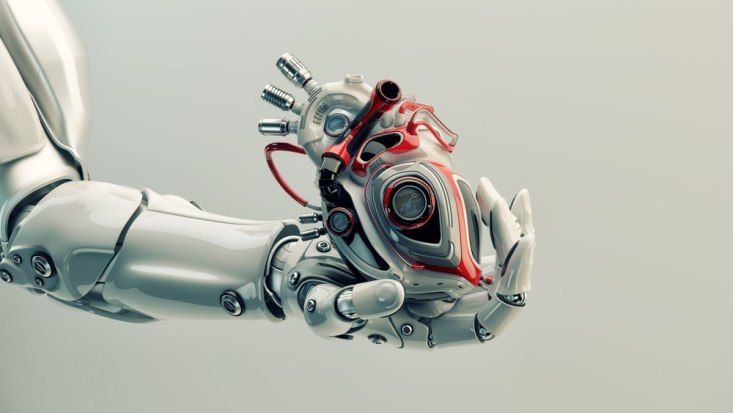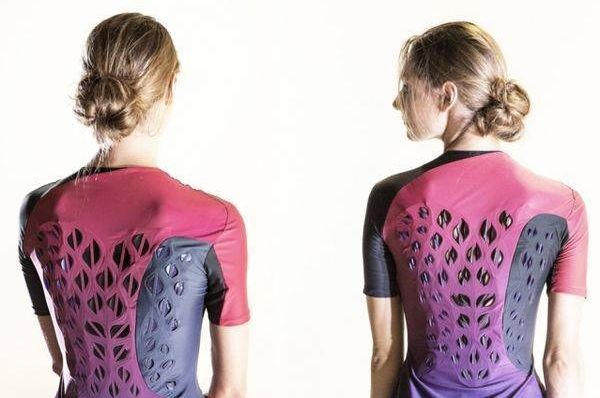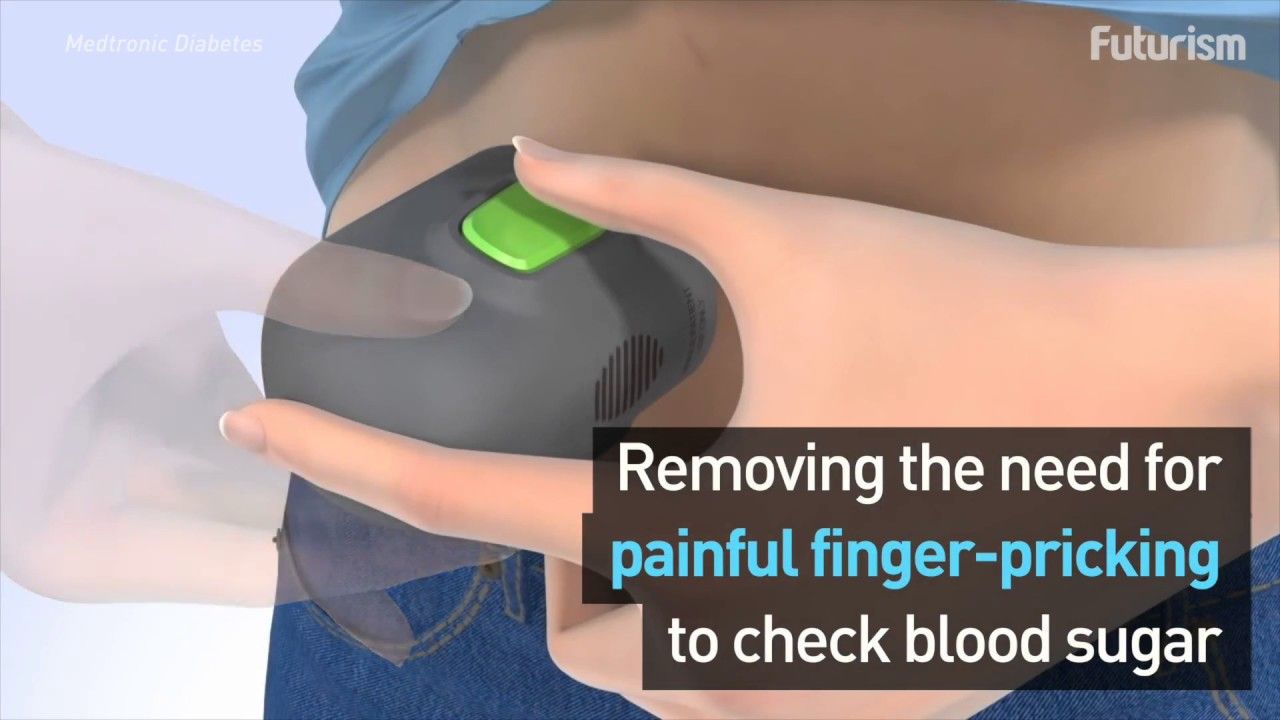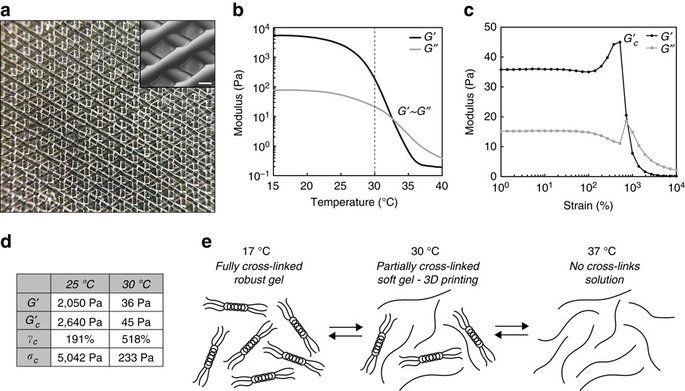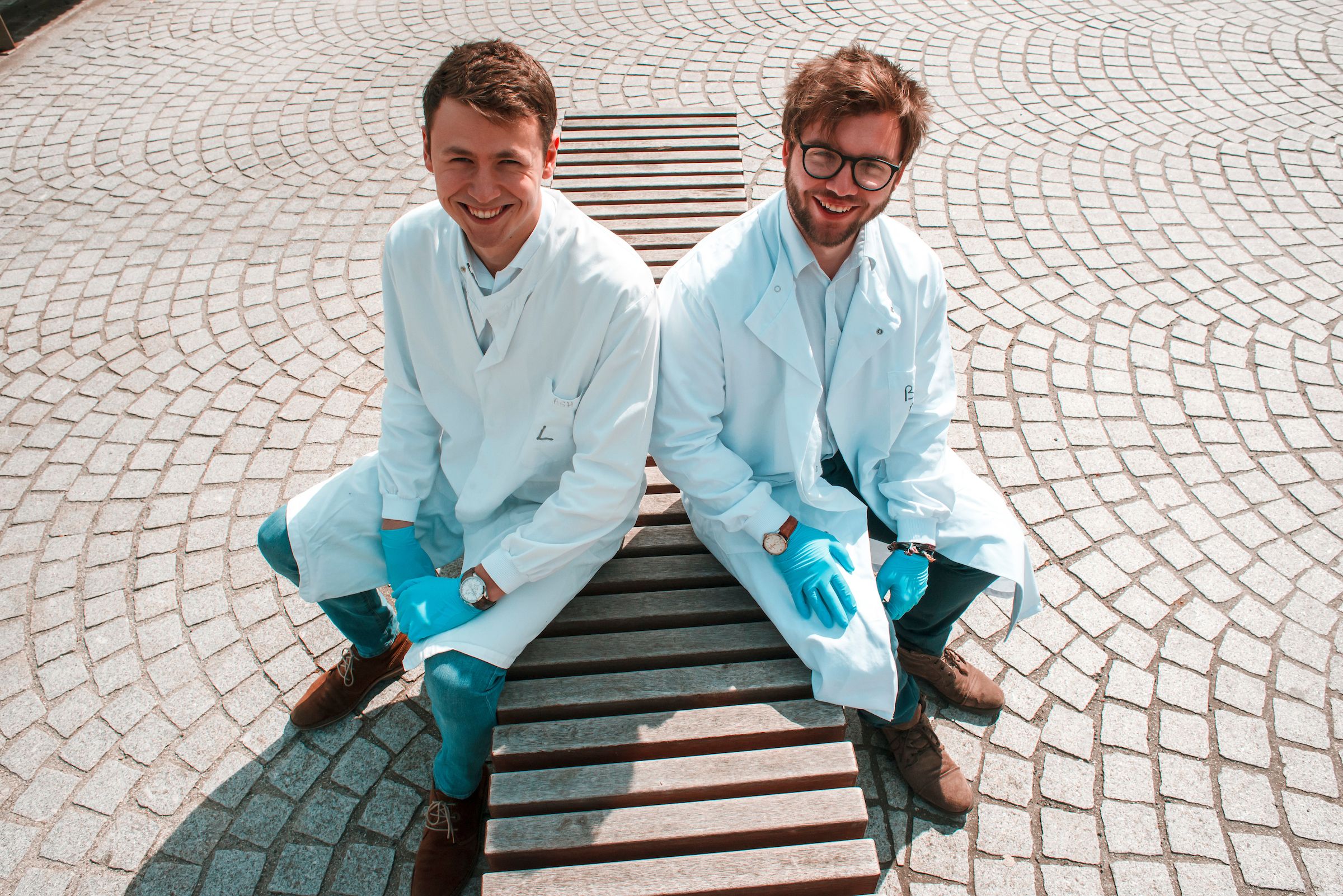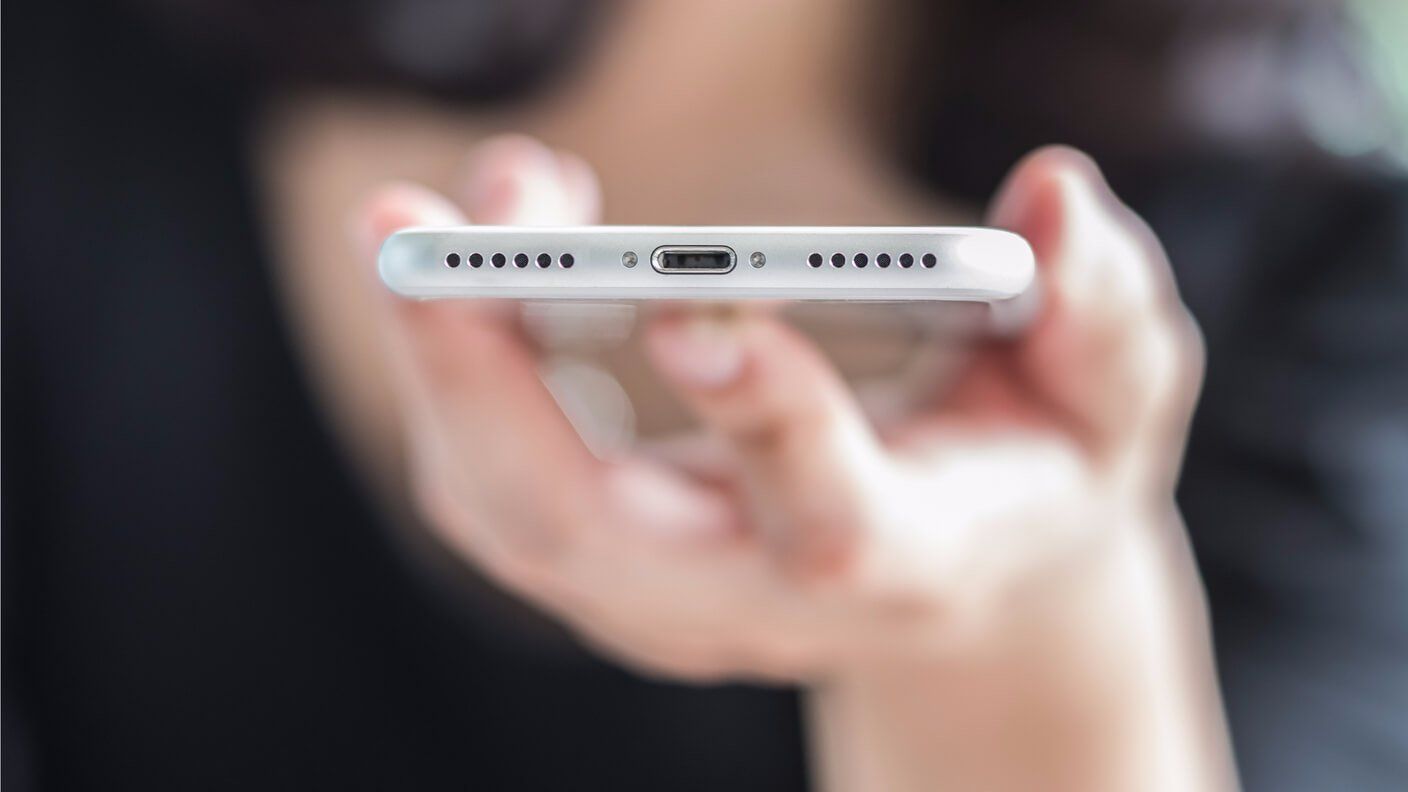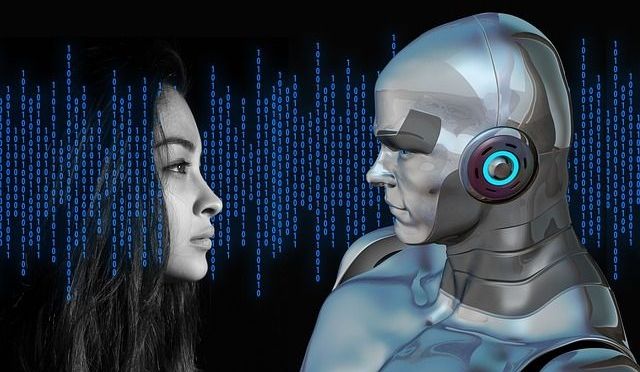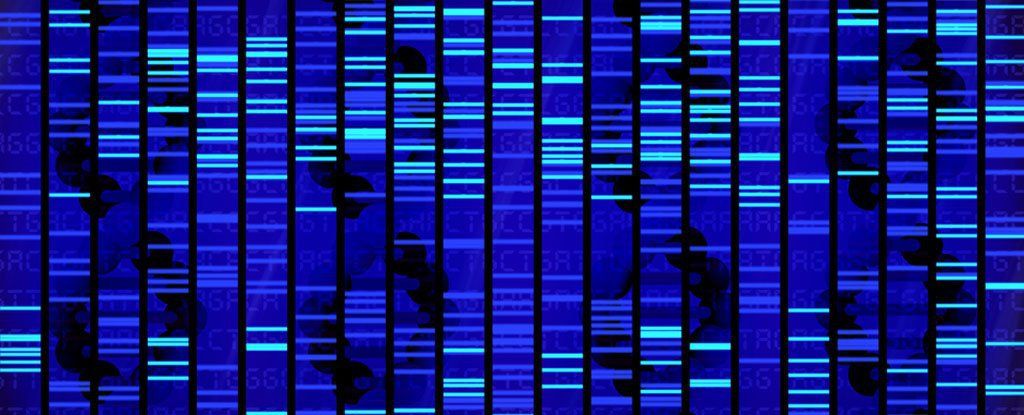May 27, 2017
5 Emerging Biomedical Engineering Trends to Watch
Posted by Klaus Baldauf in categories: bioengineering, biotech/medical
Biomedical engineering has long been a driver of advances in healthcare. From new technologies to diagnose and treat some of the most complex disease to advances that improve quality of life for everyone, the work taking place in labs around the world right now is likely to change the face of healthcare in both the short- and long-term future.
Although there are literally thousands of different projects taking place at this very moment, there are some definite trends taking place in biomedical engineering.
